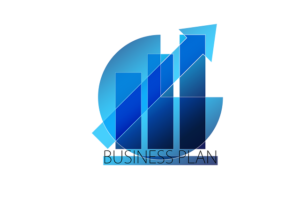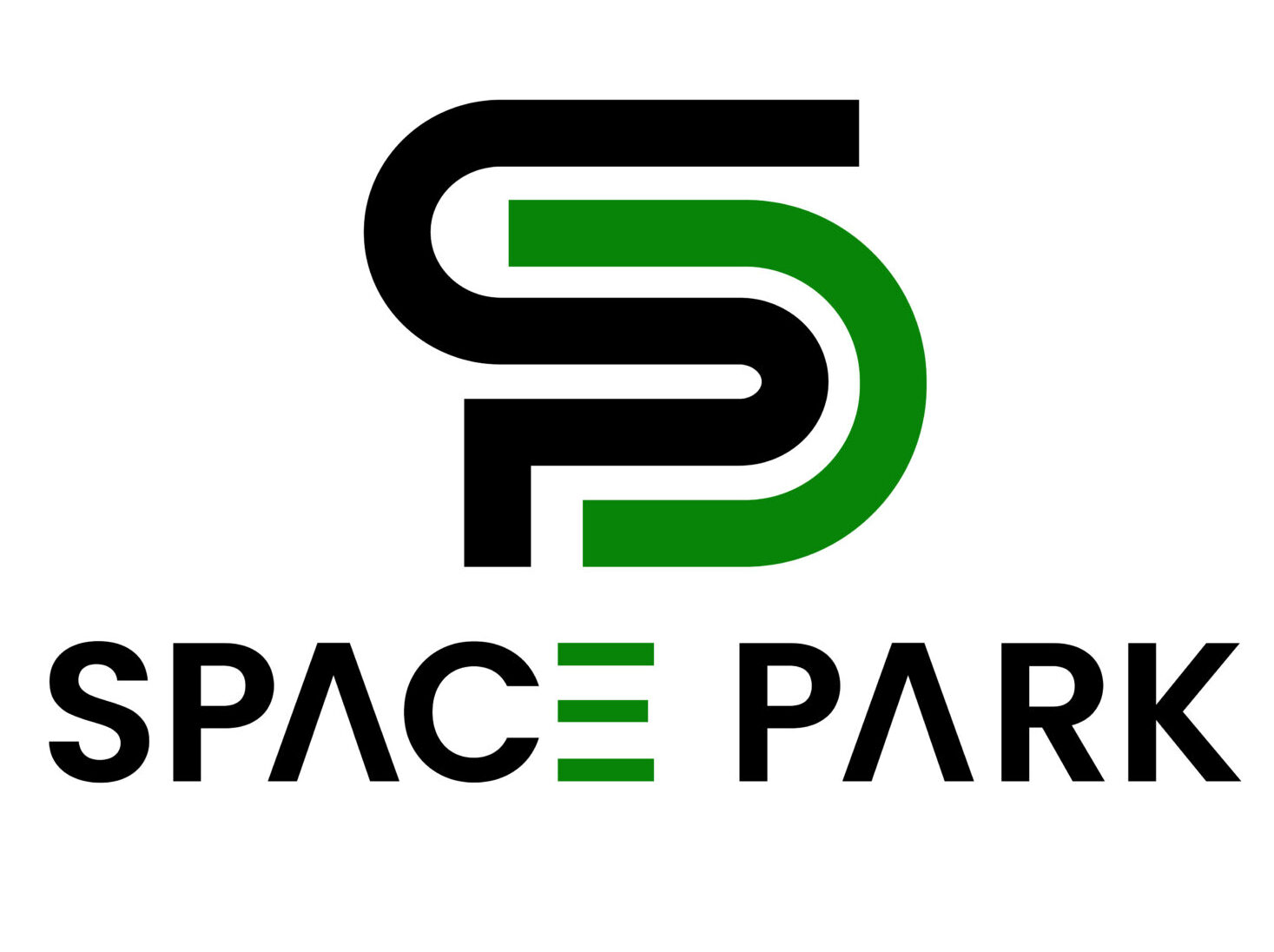Creating a memorable logo is more critical than ever in today’s fast-paced business world. A well-designed logo is not just a pretty picture—it’s the face of your brand. It tells your story, conveys your values, and helps potential customers recognize you at a glance. But how do you design a logo that stands out in the crowded marketplace? This guide will walk you through everything you need about business logo design, from understanding its importance to creating a masterpiece that reflects your brand’s identity.
The Evolution of Logo Design
Logos have come a long way since their inception. In the early days, they were simple symbols or marks used to identify a product’s origin. Over time, they have evolved into powerful branding tools that represent a business’s essence. Today, logos are not just about aesthetics; they’re strategic assets that can influence consumer perception and loyalty. Understanding this evolution is crucial for businesses looking to create a logo that resonates with their audience.

In the digital age, logos must be versatile enough to work across various platforms, from business cards to social media profiles. This adaptability is a key reason minimalist design has gained popularity, allowing logos to remain clear and recognizable on any screen size. As technology advances, so will the techniques and trends in logo design.
Key Elements of a Great Logo
Creating a logo involves more than just putting together some colors and shapes. A great logo combines essential elements to create a cohesive and impactful design. First and foremost, simplicity is key. A simple logo is easy to recognize & remember, making it more effective in capturing attention and conveying your brand’s message.
Another crucial element is versatility. Your logo should look good in various sizes and formats, from large billboards to small promotional items. Additionally, it should be unique and distinguishable from competitors, helping your brand stand out in the crowded marketplace.
Finally, a logo should be relevant to your industry and target audience. It should communicate your brand’s values and personality, resonating with your customers and creating a connection beyond mere recognition.
Step-by-Step Guide to Designing a Logo
Designing a logo may seem daunting, but breaking it into manageable steps can simplify the process. Start by thoroughly researching your industry, competitors, & target audience. This research will help you understand what works and what doesn’t in your market, ensuring your logo aligns with your brand’s goals.

Next, brainstorm ideas and sketch rough drafts. This creative phase allows you to explore different concepts and visual elements, experimenting with shapes, colors, and fonts. Once you have a few promising designs, refine them using design software to create polished versions.
Finally, test your logos in different contexts and gather feedback from colleagues, clients, or focus groups. This feedback will help you assess the effectiveness of your logo and make any necessary adjustments before finalizing your design.
The Impact of Color in Logo Design
Color is a powerful tool in logo design, evoking emotions and influencing perceptions. Different colors convey different meanings, and choosing the right color palette is essential for creating a logo that aligns with your brand’s values & resonates with your audience.
For instance, blue often represents trust and professionalism, making it a popular choice for corporate logos. On the other hand, red can evoke excitement & passion, making it suitable for brands looking to capture attention. Understanding the psychology of color & how it affects consumer behavior is crucial for selecting the right hues for your logo.
It’s also important to consider color contrast and readability when designing a logo. Ensure your logo remains clear and legible in color and black-and-white formats, as it may be used in various contexts where color is not an option.
Choosing the Right Font for Your Logo
Typography plays a significant role in logo design. The font you choose can significantly impact the overall look & feel of your logo. A well-chosen font can enhance your logo’s personality and help convey your brand’s message.
Consider factors such as legibility, style, and appropriateness for your industry when selecting a font. For instance, a modern sans-serif font may suit a tech company, while a classic serif font might better suit a traditional law firm.
Additionally, pay attention to the spacing and alignment of your typography, ensuring it complements the other elements of your logo. A harmonious balance between text & visual elements can create a more cohesive & visually appealing design.
Logo Design Trends to Watch in the Current Year
Staying up-to-date with the latest design trends can help you create a fresh and relevant logo. In recent years, minimalism has dominated the design landscape, with clean lines and simple shapes taking center stage. This trend is expected to continue, driven by the need for logos to be versatile across digital platforms.
Another emerging trend is using gradients and vibrant colors, adding depth and interest to otherwise simple designs. This approach can create a dynamic and modern look, appealing to younger audiences.
Finally, custom typography is gaining popularity as brands seek to create unique, memorable logos that stand out. Hand-drawn or digitally crafted fonts can add a personal touch, making your logo unique.
Case Studies Successful Logo Redesigns
Examining successful logo redesigns can provide valuable insights and inspiration for your design process. Take, for example, Airbnb’s logo transformation. The company shifted from a generic wordmark to a unique symbol representing “belonging,” effectively capturing its brand essence and resonating with its global audience.
Another notable example is Google’s logo evolution. By adopting a more modern, sans-serif typeface, Google created a cleaner, more versatile logo that works seamlessly across digital platforms while maintaining its iconic identity.
These case studies highlight the importance of adaptability and relevance in logo design, demonstrating how a well-executed redesign can reinvigorate a brand.
Tools and Resources for DIY Logo Design
DIY logo design can be a cost-effective solution for businesses on a budget. Numerous tools and resources are available to help you create a professional-looking logo without the need for extensive design skills. Graphic design software like Adobe Illustrator and online platforms like Canva offer user-friendly interfaces and customizable templates to get you started.
Additionally, websites like Dribble and Behance provide design inspiration and showcase the work of talented designers, offering insights into current trends and techniques. Online tutorials and courses can further enhance your design skills, ensuring you create a logo representing your brand.
While DIY design can be a practical option, it’s essential to recognize your limitations & seek professional assistance to ensure your logo meets your brand’s needs and expectations.
Hiring a Professional Logo Designer When and How
While DIY design tools are accessible, hiring a professional logo designer can provide expertise and insight that elevate your brand identity. A skilled designer can translate your vision into a cohesive, impactful logo that resonates with your audience and sets you apart from competitors.
When considering hiring a designer, evaluate your budget, timeline, and project complexity. Research potential designers by reviewing their portfolios, client testimonials, and design styles. Look for someone with experience in your industry and understanding your brand’s values and goals.
Once you’ve selected a designer, communicate your vision clearly and collaborate throughout the design process. Provide constructive feedback and be open to their suggestions, ensuring the final logo aligns with your brand identity and objectives.
The Cost of Logo Design Factors that Affect Pricing
The cost of logo design can vary significantly, depending on factors such as the designer’s experience, the complexity of the project, and the level of customization required. While it’s tempting to opt for the cheapest option, investing in a high-quality logo can yield long-term benefits for your brand.
Freelance designers or design agencies typically charge based on their expertise and the project scope, with prices ranging from a few hundred to several thousand dollars. DIY design tools and online logo makers offer more affordable alternatives but may lack the customization and expertise of a professional designer.
When budgeting for logo design, consider the potential return on investment. A well-designed logo can enhance brand recognition, customer loyalty, and overall business success.
The Lasting Value of a Well-Designed Logo
A well-designed logo is an invaluable asset that can elevate your brand identity and set you apart from the competition. By understanding the key elements of effective logo design and staying informed about current trends, you can create a logo that resonates with your audience and stands the test of time.
Whether you choose to design your logo yourself or hire a professional, remember that a great logo is more than just a visual symbol—it’s a representation of your brand’s values, personality, and promise to your customers.
Invest in your logo design, and you’ll reap the rewards of increased brand recognition, customer loyalty, & business success. If you’re ready to take the next step in your logo design journey, explore the resources and tools available or reach out to a professional designer who can help bring your vision to life.

Pingback: Impact Logo Custom | Elevate Your Brand Identity
Pingback: Crafting the Perfect Equine Logo Design for Your Business
Pingback: How to Create Logos Using a Logo Maker Online?